
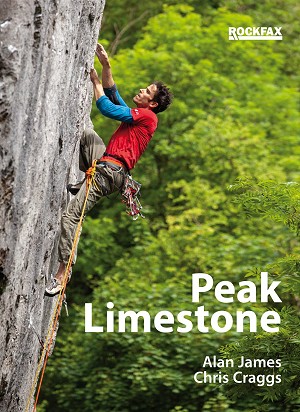
And then, three weeks before publication, I was climbing at the seriously under-rated Wildcat, where due to some entirely avoidable stupidity on my behalf, I managed to give myself a compound fracture and full dislocation of the left ankle. Turns out it wasn't going to be my big summer of limestone after all. And so, full disclaimer: I haven't actually tested this new edition 'in the wild'. But I have spent a long time reading it on my couch, with my foot up in an elevated position. And given that the previous edition was the very first climbing guidebook I ever bought, and one I've leafed through for many hours over the years, perhaps that isn't so important.
In my view, in terms of usability Rockfax undeniably produce by far the best guidebooks around, and have raised the standards considerably in this department. Consistent practices – such as having corresponding route descriptions, numberings, and topos all on the same page; always ordering climbs in the same direction (the intuitive left-to-right); employing clear, consistent and easy to understand crag and route symbols – all make Rockfax guides so much easier and clearer to use than others tend to be. Indeed, I now get irritated when other guides don't follow these, to my mind, obvious best-practice conventions. And with the use of high-quality full-colour topos (always photos, not drawings, when possible), with clear indications of where lines run, Rockfax long ago set the gold standard of what a professionally-produced guidebook should look like.
It is worth noting, therefore, that the standard has now been raised again with this new edition. Using improved photographic technology, and making the effort to go back and re-photograph almost every crag (often in winter, to help deal with the problem of dense foliage at some crags), this guide represents another advance in terms of the quality of visual representation. Drones and aerial shots have been used to make more complex areas easily comprehensible for unfamiliar visitors, whilst the Rockfax practice of including clear and detailed maps with GPS locations means that even those with a hopeless sense of direction (i.e. me) have the best chance of not getting lost.
The integration of Rockfax guidebooks and UKClimbing logbooks also means that, where required, grades and star ratings have been updated from the last edition, generating as accurate as possible a picture of route quality and difficulty (something I've found to be much more variable with the BMC 2015 and 2017 definitive guides, especially for sport climbing). And as always, the book comes with a huge number of high-quality photographs of both iconic routes, and in many cases iconic climbers on them. So plenty of inspiration for planning the next day's adventure (or in my case, sitting on the couch, waiting for the weeks to pass).
As for the actual climbing, this is a selective guidebook, so what we're given is a pick of some of the best trad and sport the Peak has to offer. In terms of trad, not that much has changed in terms of crag and route selection from the previous edition (although, as above, the quality and clarity of the relevant topos is now even better). Hence, as expected, the big, famous, and historically important crags of Cheedale, Stoney Middleton, Dovedale, and High Tor all get extensive treatment, with enough quality routes to last you a lifetime. Similarly, the high-end sport climbing at Raven Tor and Water-cum-Jolly has been updated more in terms of presentation than overall coverage. However an important change is that lots of lesser crags that aren't included in the new print edition are indicated, where relevant, as being available for download on the Rockfax App, which covers an even more extensive range of crags. This is a great idea, enabling those who have exhausted an area – or who want to get a bit more esoteric – to be able to locate potential nearby crags, and get instant information accordingly.
To my mind, though, one of the most welcome changes to this new edition is the inclusion of more low and mid-grade sport crags, in addition to established favourites like Horseshoe Quarry, Harpur Hill, and the excellent Masson Lees (one of the best mixed-ability sport venues in the country). Although the quality of the routes at venues such as Colehill Quarry, Moss Rake, and Smalldale, is often concentrated in the 1-star (or less!) region, these venues are important for those taking their first steps into the world of outdoor climbing. As someone who began their outdoor career clipping bolts in Peak quarries, I strongly welcome the inclusion of these crags, as low-grade sport was somewhat under-represented in the previous edition. Not only will the inclusion of these accessible sport venues help spread numbers out beyond the obvious choices of Horseshoe and Harpur, but as increasing numbers begin to venture from plastic to rock, having more well-detailed bolted venues included here can only be a good thing.
All in all, then, this is an excellent guidebook. By the time I'm back on the rock it will be grit season, and I'll mostly be confined to remembering how to second. But when the warm sunshine rolls around in 2021, and my own leader rack comes back in to play, this is the book I'll be reaching for first.
- Order the book on the Rockfax web site (30% off for UKC SupporterPlus)
- A PDF sample of the introduction
- A PDF sample of one of the crag chapters
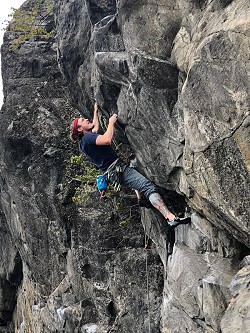
Guidebook

Peak Limestone
Selected guidebook covering the best trad and sport limestone crags in the Peak District. More info
















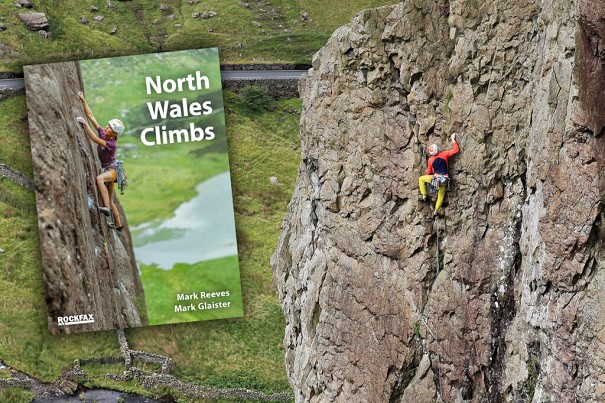
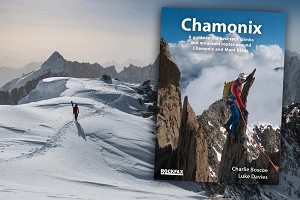
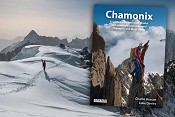

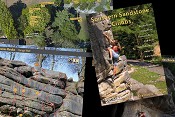
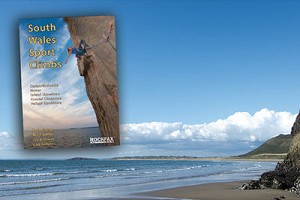
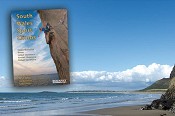
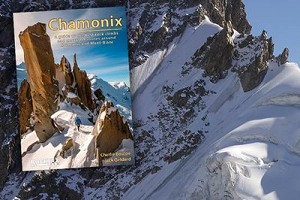

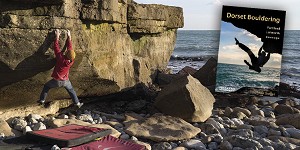

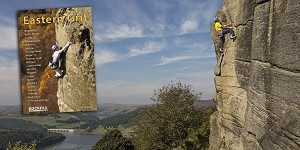

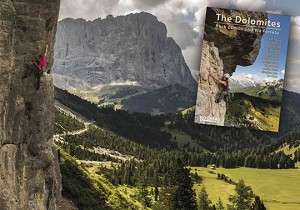
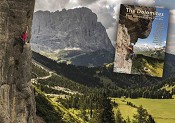


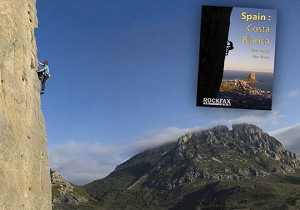
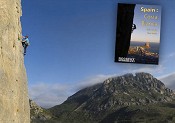
Comments
I've made a fair amount of use of the updates in the app recently - lots more crags suddenly appeared and I agree with Paul there is now lots more for the "6a on a good day" sport climber like me to go at, without having to do some sneaky printing at work of Gary Gibson's website when no one is looking! Top tip to other "6a on a good day" sport climbers, go to Moss Rake, the only place in the UK I've onsighted a 6b, so they must be super soft! 😀
I am either going to buy the guidebook, or get the 50 quid annual sub to the app, just trying to decide (sorry Alan not both! But deffo one of them)
Rockfax will tell directly but I don't think you can use the app on a computer (don't actually know about tablets etc. I have a cheapy Fire and never thought to check if it works on that).
I love climbing guides and have a bookshelves full of them going back 30 years to when I started climbing (I have some older ones that were given to me subsequently also), but for someone living on the edge of the Peak who pops out on a summer evening for some climbing, the app is pretty great. I'm saving weight now and not taking out the books. Last week I went out on my own to Baslow on monday to solo some easy routes (Peak Gritstone East) and half heartedly do some bouldering (Peak Bouldering) - but just had my phone, not two big books! Tuesday I went to Aldery (Peak Limestone), then it rained so we went and had a look at Staden Quarry (some of the minor walls aren't included there though, it was good Dave had his BMC guide. On Wednesday I went to Darlton Quarry (Peak Limestone but possibly only on the app - not in the book?) to do some sport climbing. Having so much info on your phone is great.
Hi Mike. This is something we would like to do, and we are looking at it at the moment, but it is not as easy as it first appears so isn’t likely to happen any time soon.
Sorry I can't be more definite.
Alan
This sounds like another well polished slick Rockfax production. It's hard to miss the irony in that 'welcome changes to this new edition is the inclusion of more low and mid-grade sport crags' and the popular crags like Horseshoe Quarry and Masson Lee are mentioned. Only 2 years ago Alan posted an 'open' appeal to Gary G to slow down, take a little more time and care and show more respect.. (https://www.ukclimbing.com/forums/rock_talk/gary_please_slow_down_and_show_more_respect-685404?v=1#x8787701)
I've yet to read the publication but wonder if Gary has been given the recognition for these areas in development that Rockfax is now undoubtedly reaping the rewards from, financially or otherwise.
I personally find it rather depressing he's now shutting down the website sportsclimbs.co.uk due to the data copying that has been going on over to the UKC database from users who probably don't realise, or understand the implications of doing so. Perhaps Rockfax should heed to their own advice, slow down and take more time and show respect when it comes to guidebook production.